Chew with Confidence: Choosing Non-Toxic and Sustainable Alternatives to Plastic Teethers
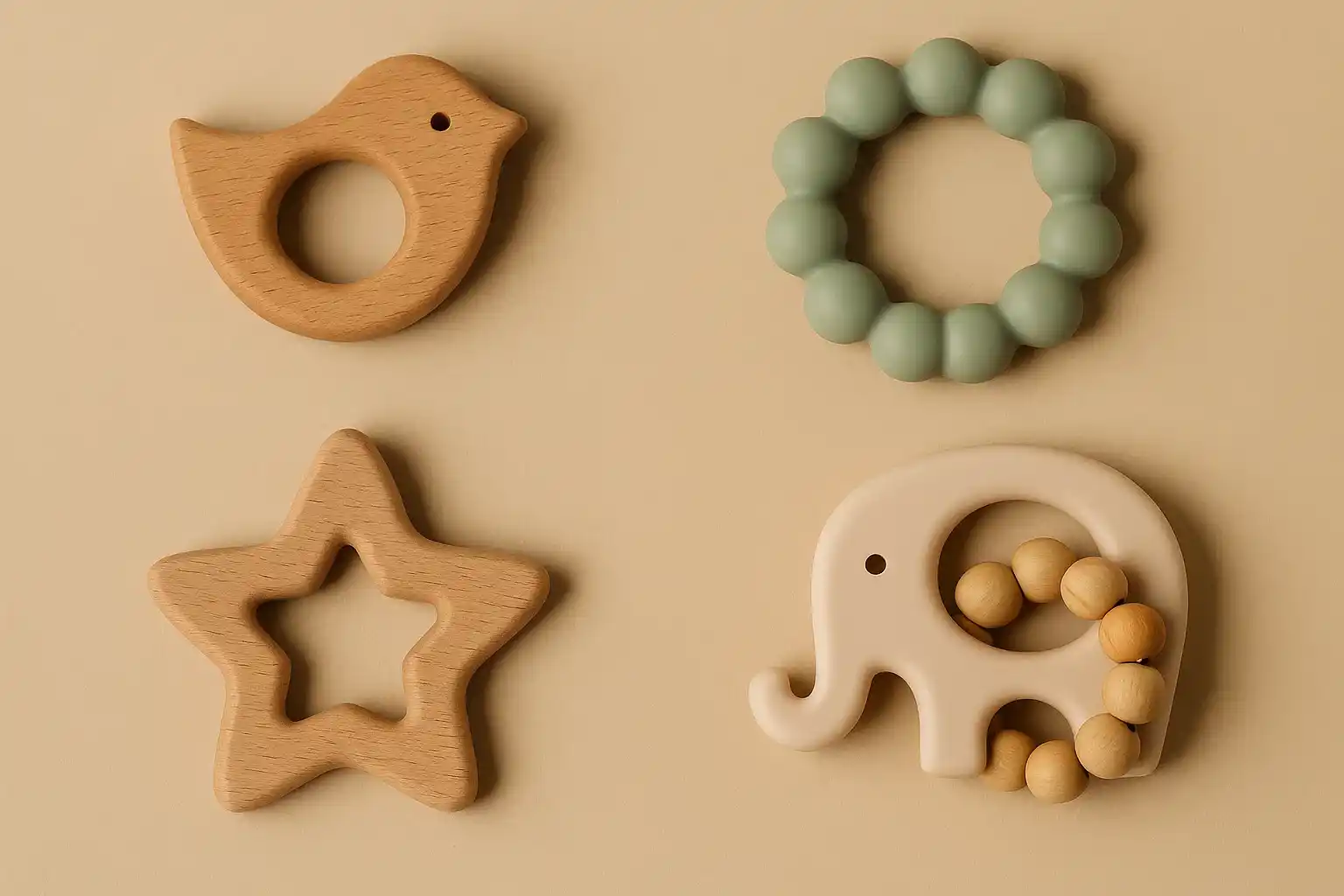
The teething phase is a significant developmental milestone for babies, often accompanied by discomfort and the natural urge to chew on anything and everything. Plastic teethers have long been a popular and readily available solution, offering a variety of shapes, textures, and sometimes cooling gels designed to soothe sore gums. However, many conventional plastic teethers are made from materials that can contain harmful chemicals like BPA, phthalates, and PVC, raising concerns about potential exposure for infants during this critical stage of development. For environmentally and health-conscious parents, a safer and more sustainable approach lies in choosing natural and non-toxic alternatives that provide the same soothing relief without the potential risks associated with plastic.
The concerns surrounding plastic teethers center on the potential for leaching of harmful chemicals, particularly when chewed or mouthed by babies. BPA and phthalates are endocrine disruptors that have been linked to various health issues. PVC can release VOCs and also contains phthalates. Given the frequency and duration with which babies mouth their teethers, minimizing their exposure to these potentially harmful substances is a paramount concern for many parents. Furthermore, the vast number of plastic teethers produced and eventually discarded contributes significantly to plastic waste, persisting in landfills for centuries. Recognizing these health and environmental implications, many are seeking safer, more natural, and less wasteful options for their babies' teething needs.
Fortunately, a variety of excellent non-toxic and sustainable materials offer viable replacements for plastic teethers. By choosing natural rubber teethers, opting for the simple and safe nature of wooden teethers, or selecting silicone-free options made from materials like medical-grade silicone or plant-based bioplastics, parents can provide their babies with soothing relief while minimizing their exposure to harmful chemicals and reducing plastic waste. These alternatives often boast engaging textures and shapes that babies love, offering a mindful and environmentally responsible approach to this important stage of development.
Gentle Gums, Gentle Planet: Exploring Non-Toxic Teether Alternatives
Moving beyond the potential concerns of plastic teethers reveals a world of safer and more environmentally conscious options for soothing your baby's gums:
Natural Rubber Teethers: Safe, Sustainable, and Fun
Natural rubber teethers, derived from the sap of rubber trees, offer a safe, non-toxic, and sustainable option for soothing sore gums. Natural rubber is free from BPA, phthalates, and PVC. It is also naturally elastic and durable, providing a satisfying chew for teething babies. Many natural rubber teethers, such as those offered by Hevea and Oli & Carol, come in engaging shapes and textures that stimulate a baby's senses and are easy for little hands to grasp. Furthermore, natural rubber is biodegradable, making it a more environmentally friendly choice.
Wooden Teethers: Simple, Safe, and Untreated
Wooden teethers, crafted from untreated hardwoods like maple, beech, or cherry, offer a simple, safe, and naturally antibacterial option for teething babies. The smooth, hard surface provides satisfying pressure for sore gums, and the natural wood is free from harmful chemicals and finishes. Brands like Maple Landmark offer a variety of beautifully crafted and untreated wooden teethers in various shapes and sizes. The natural texture and warmth of wood can also be soothing for babies.
Silicone-Free Options: Medical-Grade and Plant-Based Alternatives
While some silicone is considered a safer alternative to certain plastics, parents seeking completely silicone-free options can explore teethers made from medical-grade TPE (thermoplastic elastomer) or innovative plant-based bioplastics. These materials are often BPA-free, phthalate-free, and PVC-free, offering a non-toxic and durable chewing surface for babies.
Nurturing a Healthy Start: Mindful Choices for Teething
Choosing non-toxic teethers is a significant step towards a healthier and more sustainable approach to baby care. Consider these additional mindful practices:
- Simple Designs: Opt for teethers with simple, one-piece designs to avoid small parts that could detach.
- Easy to Clean: Choose teethers that are easy to clean with soap and water or can be sterilized.
- Monitor for Wear: Regularly inspect teethers for any signs of wear or damage and replace them as needed.
By consciously choosing natural and non-toxic alternatives for teethers, parents can provide safe and soothing relief for their babies while minimizing their exposure to harmful chemicals and contributing to a healthier planet for future generations.
Related Blogs

Unplug and Imagine: Choosing Battery-Free Toys for Engaging and Sustainable Playtime
Foster imagination and save energy with manual musical toys, story books, and nature play.
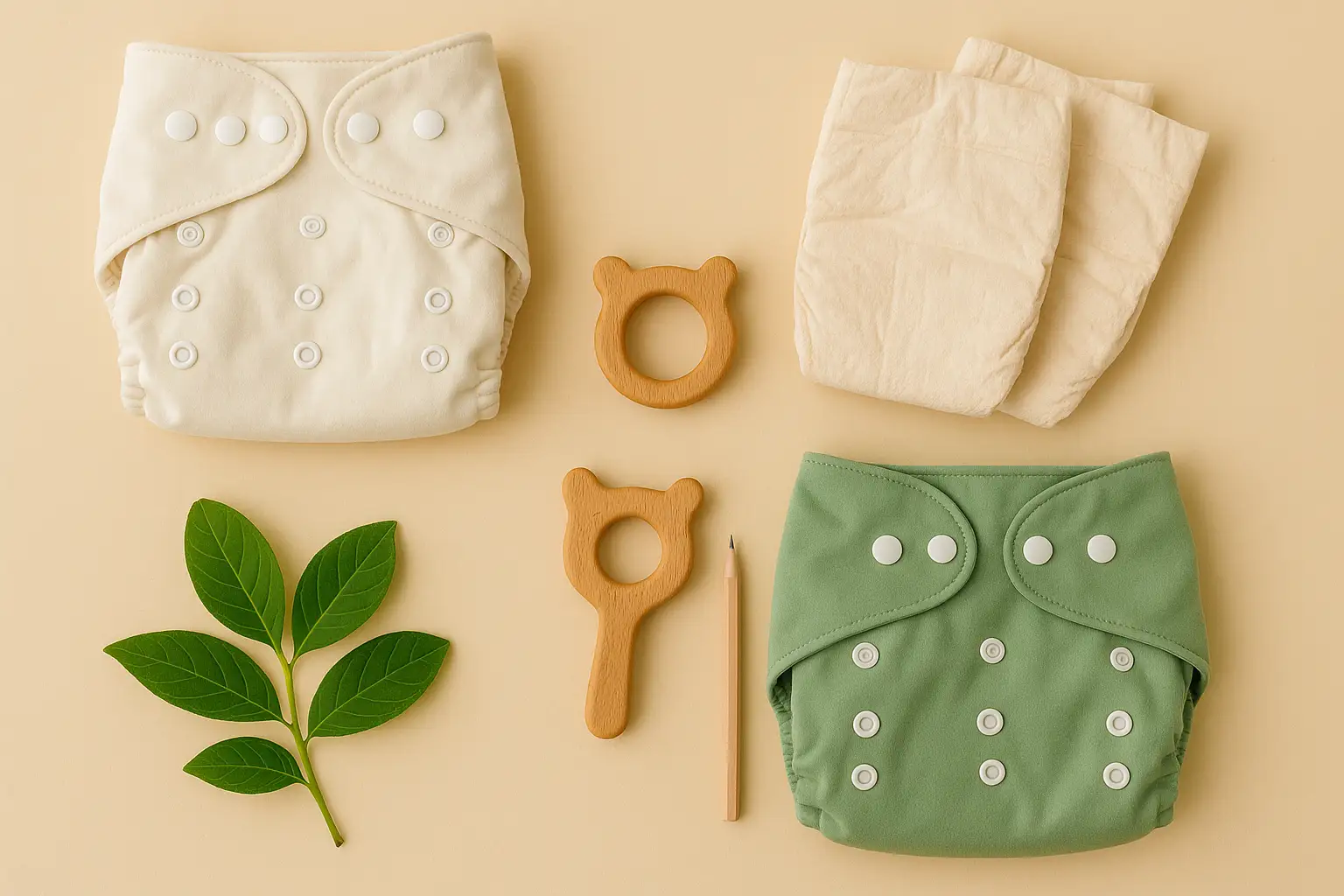
The Great Diaper Debate: Navigating Cloth vs. Eco-Disposables for a Sustainable Start
Comparison of sustainable alternatives to help you make informed decisions.
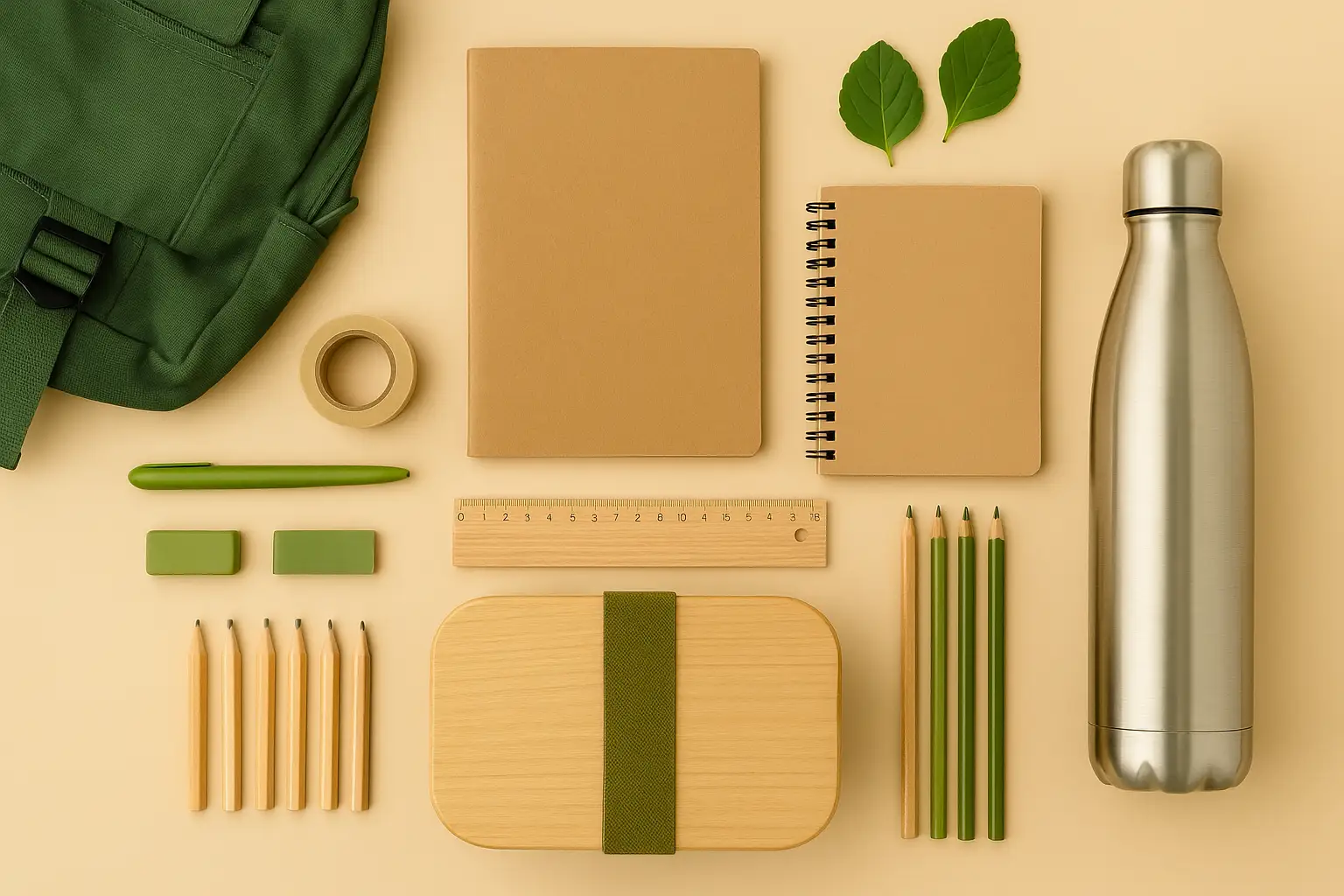
Equipping Young Minds, Protecting Our Planet: Sustainable School Supplies Kit
Insights on creating a sustainable school supplies kit in a sustainable way.
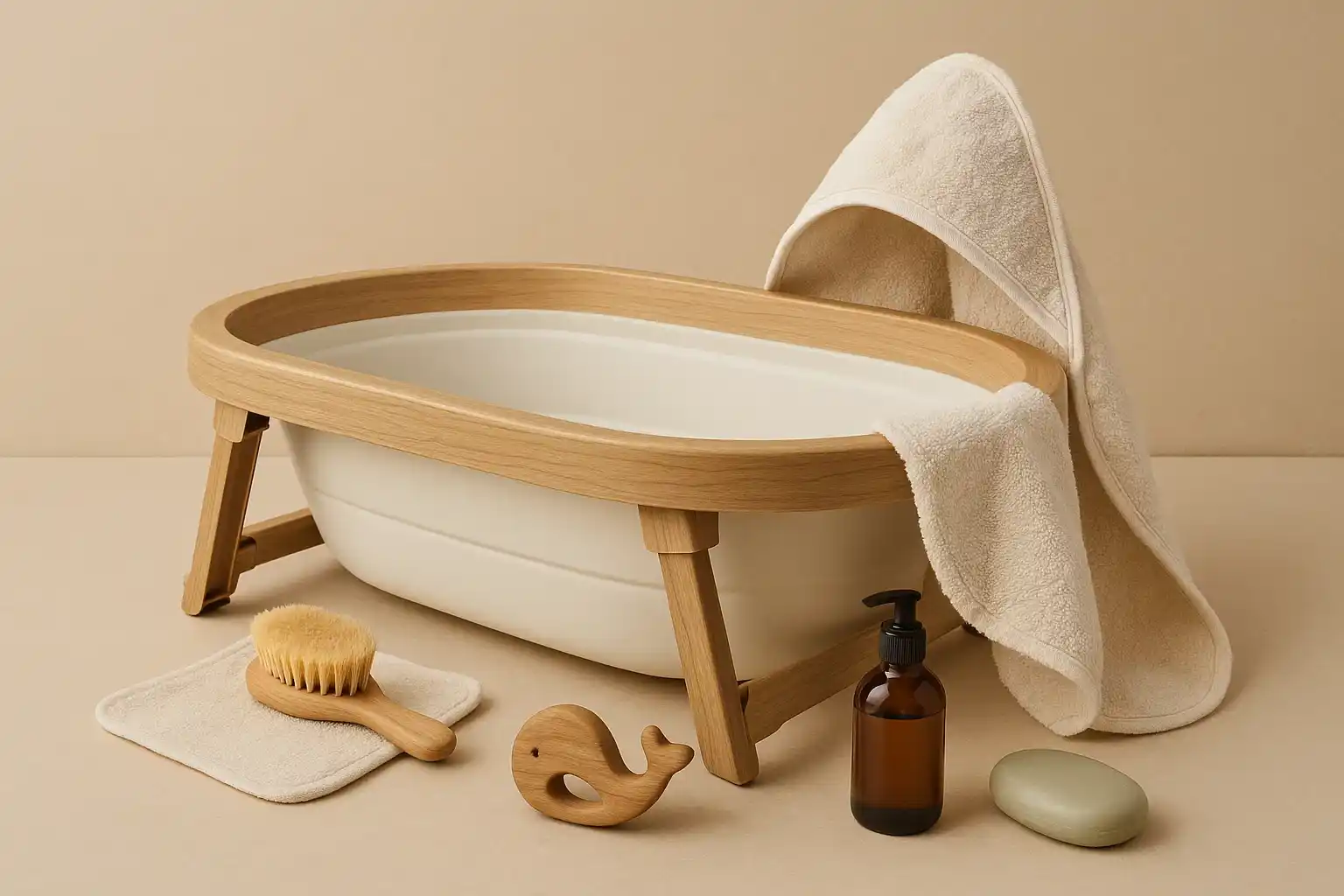
Bathtime, Simplified: Eco-Friendly Alternatives to Bulky Plastic Baby Baths
Reduce manufacturing impact and clutter with sink bath seats, inflatable tubs, or repurposed containers.

A Gentle Foundation: Choosing Eco-Friendly and Non-Toxic Changing Mats for Your Baby
Opt for organic cotton, cork-based, or recycled textile changing mats free from PVC and phthalates.
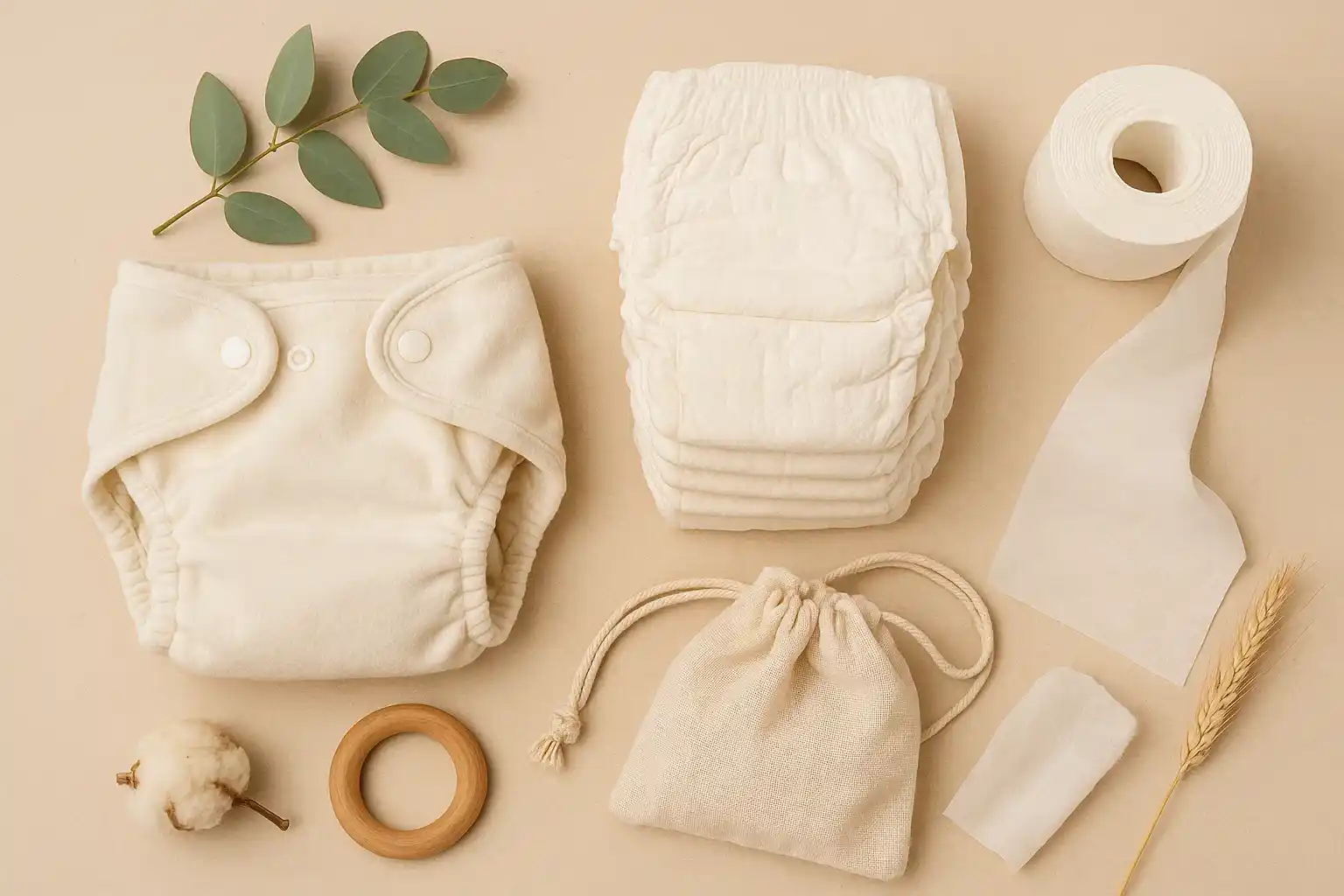
Diapering with Intention: Exploring Eco-Friendly Alternatives to Disposable Diapers
Cut down drastically on landfill waste with cloth, compostable, or hybrid diaper systems.
Stay in the Loop
Get tips and insights tailored to your interests — no spam, just sustainability.